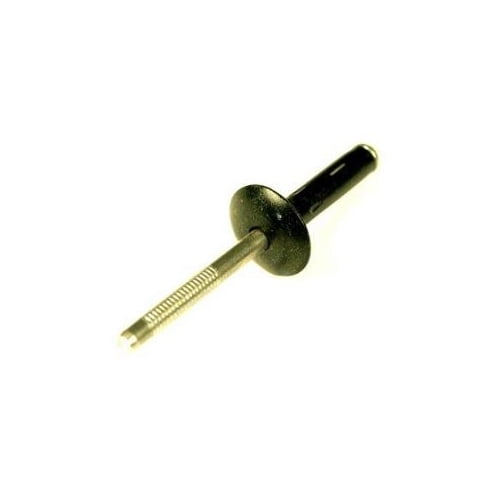

Corrosion resistance: A protective oxide layer forms naturally on the aluminum and its alloys’ surface.Solid aluminum rivets have several advantages, such as: 3/16 1200 lbs.Īluminum Rivet, Steel Rivet, and SS Rivet Strength in a Steel Bodyįor permanent fastener applications, aluminum rivets provide a great choice. However, engineers should carefully consider the effects of the environment on long-term reliability.ġ/8: 170 lbs. Washers or gaskets made of plastic or rubber provide a decent option. Sandwiching an intermediate material between an aluminum rivet and steel plate reduces the likelihood of corrosion.

Separating the two dissimilar materials with insulating washers creates a safe surface area. Using an isolating coating or paint on the aluminum and steel to electrically isolate them is an excellent approach to decrease corrosion. However, to mitigate this effect, specific strategies can use. In a marine environment, severe corrosion is likely to occur. Stainless steel that comes into contact with materials like copper is less likely to cause galvanic corrosion than stainless steel that comes in contact with aluminum.Īlthough aluminum reacts unfavorably with stainless steel, depending on local environmental circumstances, considerable surface areas of aluminum to stainless steel can be acceptable. The likelihood of degradation reduces by separating the incompatible metals. The most popular way to avoid galvanic corrosion is to choose metals close in the galvanic series.


 0 kommentar(er)
0 kommentar(er)
